The National Dropout Prevention Center Makes Selected Research Reports Available Online.
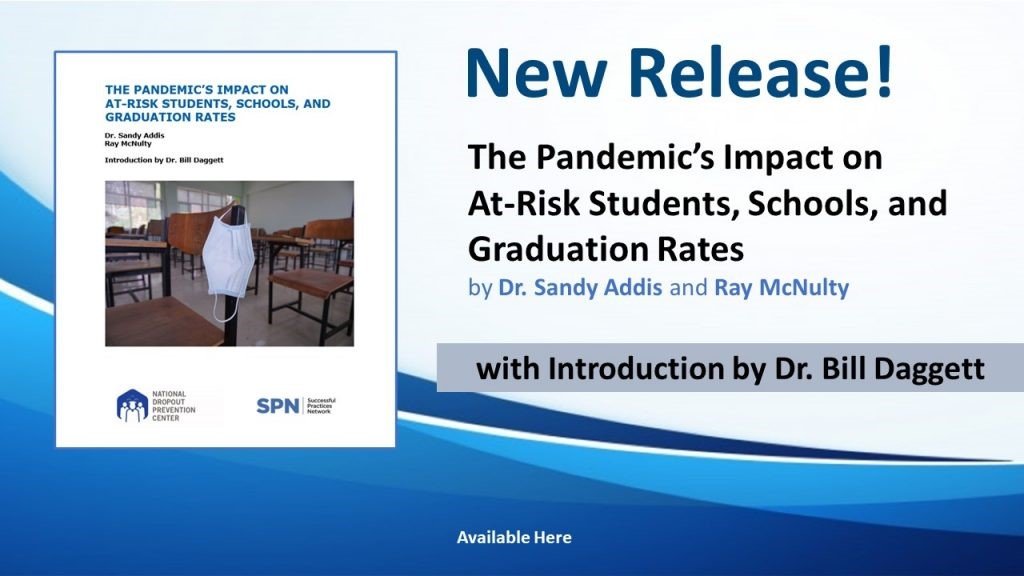
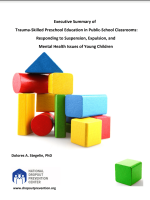
Stegelin, D. A. (2020). Executive Summary of Trauma-Skilled Preschool Education in Public-School Classrooms: Responding to Suspension, Expulsion, and Mental Health Issues of Young Children. Anderson, SC: National Dropout Prevention Center, a division of Successful Practices Network.
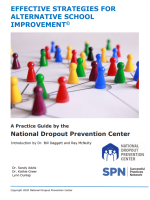
Addis, S., Greer, K., & Dunlap, L. (2020). Effective Strategies for Alternative School Improvement. Anderson, SC: National Dropout Prevention Center, a division of Successful Practices Network.
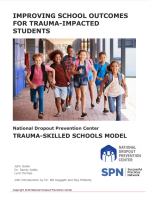
Gailer, J., Addis, S., & Dunlap, L. (2018). Improving School Outcomes For Trauma-Impacted Students. Anderson, SC: National Dropout Prevention Center, a division of Successful Practices Network.
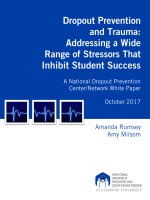
Rumsey, A., & Milsom, A. (2017). Dropout Prevention and Trauma: Addressing a Wide Range of Stressors That Inhibit Student Success [White paper]. Clemson, SC: National Dropout Prevention Center/Network.
This paper includes facts, resources, and some models related to families and students who have experienced, or are experiencing, trauma, whether chronic or short-term.
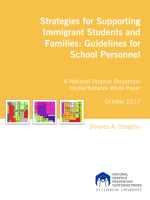
Stegelin, D. A. (2017). Strategies for Supporting Immigrant Students and Families: Guidelines for School Personnel [White paper]. Clemson, SC: National Dropout Prevention Center/Network. Retrieved from
This paper looks at some of the laws involved as well as strategies for supporting immigrant students and families, and includes guidelines for school personnel.
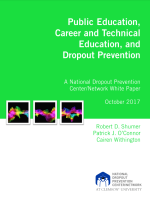
Shumer, R.D., O’Connor, P.J., & Withington, C. (2017). Public Education, Career and Technical Education, and Dropout Prevention [White paper]. Clemson, SC: National Dropout Prevention Center/Network.
This paper is about Career and Technical Education (CTE) as a dropout prevention strategy and how CTE can be engaging and of value to all students, including at-risk youth.
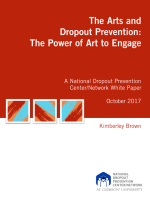
Brown, K. (2017). The Arts and Dropout Prevention: The Power of Art to Engage [White paper]. Clemson, SC: National Dropout Prevention Center/Network
This paper is about arts and dropout prevention/intervention/recovery as well as identifying and developing career pathways in the arts.
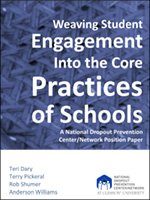
T. Dary, T. Pickeral, R. Shumer, & A. Williams. National Dropout Prevention Center/Network. Clemson, SC, September 2016.

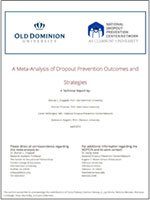
(A Technical Report in Collaboration with The Center for Educational Partnerships at Old Dominion University). S. L. Chappell, P. O’Connor, C. Withington, & D. A. Stegelin. Clemson, SC: National Dropout Prevention Center/Network. April 2015.

C. Hammond, S. F. Drew, C. Withington, C. Griffith, C. M. Swiger, C. Mobley, J. L. Sharp, S. Stringfield, N. Stipanovic, & L. Daugherty: National Research Center for Career and Technical Education, Louisville, KY, April 2013.
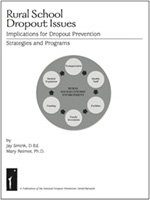
Smink & M. Reimer: National Dropout Prevention Center/Network. June 2009.
This NDPC/N report was prepared for the Gilmore Foundation, Amory, MS. It provides a brief overview of national dropout issues— both data and risk factors, with emphasis on those in rural areas—and then focuses on the particular factors that have the greatest impact on students in Mississippi, presenting the critical challenges for rural areas; and recommending strategies and programs to address the issues discussed.
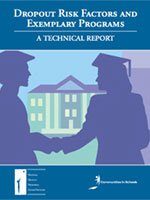
C. Hammond, J. Smink, & S. Drew: National Dropout Prevention Center. D. Linton: Communities In Schools, Inc. May 2007.
This study, conducted by NDPC/N, and sponsored by Communities In Schools Inc., finds that there are multiple risk factors which increase the likelihood that students will drop out. The evidence clearly shows that dropout is often the result of a long process of disengagement that sometimes begins before the child enrolls in kindergarten. The report also provides information on 50 programs that were found to be effective in addressing these risk factors.